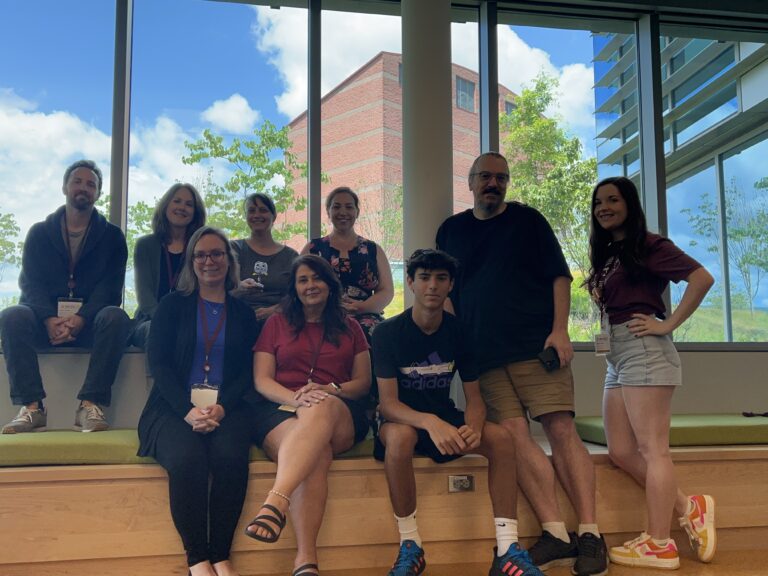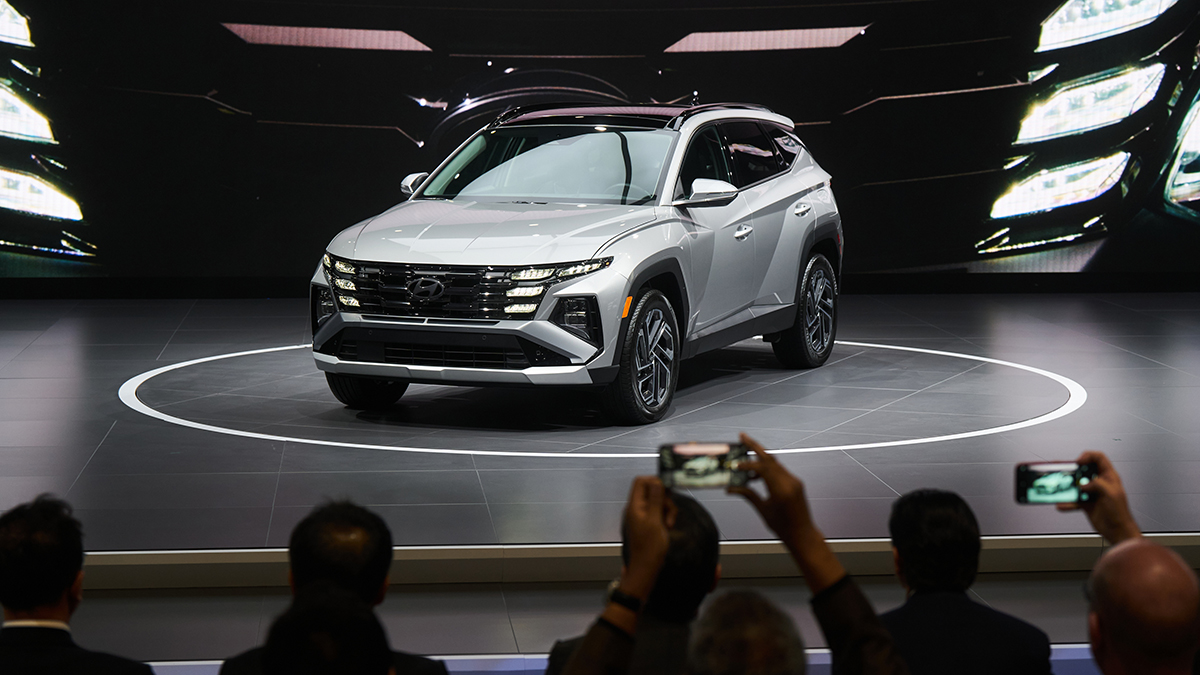If you've taken a rideshare service like Uber or Lyft lately, you probably paid a lot more. Maybe even double what you were expecting.
Rideshare industry prices are surging as summer travel demand pushes things like airfare and car rental costs to new heights.
“In particular right now as demand has increased so quickly, it’s taking supply just a little bit longer to keep up,” said Will Coleman, founder of Dallas-based rideshare company Alto, which operates in Dallas, Houston and Los Angeles.
Coleman has been keeping a close watch on how the pandemic is affecting his industry and the changes consumers are experiencing.
Get Boston local news, weather forecasts, lifestyle and entertainment stories to your inbox. Sign up for NBC Boston’s newsletters.
He said the dilemma for the rideshare industry right now is a shortage of drivers. Across the country, nearly every industry is facing some form of labor shortage, which is in turn, is causing prices to increase.
“In 2020, we were seeing our revenues disappear overnight as people stayed at home and were looking to stay safe through the pandemic. But that demand has returned at almost the same rate as it had disappeared,” Coleman said.
Looking back, many drivers across the rideshare industry did drop off during the pandemic. Passengers dried up during lockdowns. Many drivers left for safety concerns, childcare, or for other jobs that had less contact with other people.
U.S. & World
Now with the vaccine rollout, people are on the move again – but faster than companies can find drivers.
“Here in Dallas and around the country, more and more passengers are looking to get into a sense of normal and get back onto the roads,” Coleman said.
Unemployment benefits are also keeping potential workers out of the driver's seat. Those who are on the road are traveling further distances to pick people up, which means people are paying more for the driver they do get.
Bottom line, people should plan ahead for these extra costs if they're traveling this summer, Coleman said.
“Demand is changing quickly. And it will outpace supply for sure,” he explained. “I think consumers should expect to see shortages in the supply of all the travel products, from rideshare to restaurant reservations and airline tickets. But I hope that by later this summer, companies will be able to continue to catch up.”
Alto’s business model is a bit different from its competitors, which Coleman said has helped his team to grow their local business into other markets.
Workers are W-2 employees with benefits instead of contractors so there's less fluctuation in the driver base, therefore Alto prices have stayed the same and no drivers were laid off. Drivers also use company cars, which allows Alto to have full control over safety measures inside the car.
The company garnered attention for its approach to COVID-19 in the past year. Since the start of the pandemic, vehicles were outfitted with plexiglass dividers between passengers and drivers, medical-grade HEPA cabin air filters were installed, and sanitizing protocols were implemented using a hospital-grade sanitizing mist. Drivers are given cleaning kits to sanitize between riders.
Coleman said he's seen an increase in business because of this. The company has doubled the driver team since March 2020 and just in April, they tried to hire close to 300 drivers. There are even plans to expand in more markets by the end of the year.
“For the last several months, the business has just been taking off. We’ve really seen an incredible resurgence of demand. And really, customers are now looking to get back to normal in the safest way possible,” he said.
For the rest of the industry, CNBC reports that Uber CEO Dara Khosrowshahi is not happy with the current supply and demand situation.
Last week, he said that while driver supply is getting better as more people get vaccinated against the coronavirus, there’s still plenty of room to go as demand for rides outpaces supply.
“ETAs are higher than we want them to be, surge level prices have increased as we have not seen driver supply keep up with the demand growth in the U.S.,” Khosrowshahi said at the J.P. Morgan Technology, Media and Communications Conference. “The supply position is something we’re still working on. It’s definitely getting better but we’re not happy with the ETAs and price levels we see and that is something we’re going to invest to improve on.”
Both Uber and Lyft are spending more money to provide cash incentives to reel in more drivers. Lyft said it would use its cut from elevated pricing to fund those investments.



